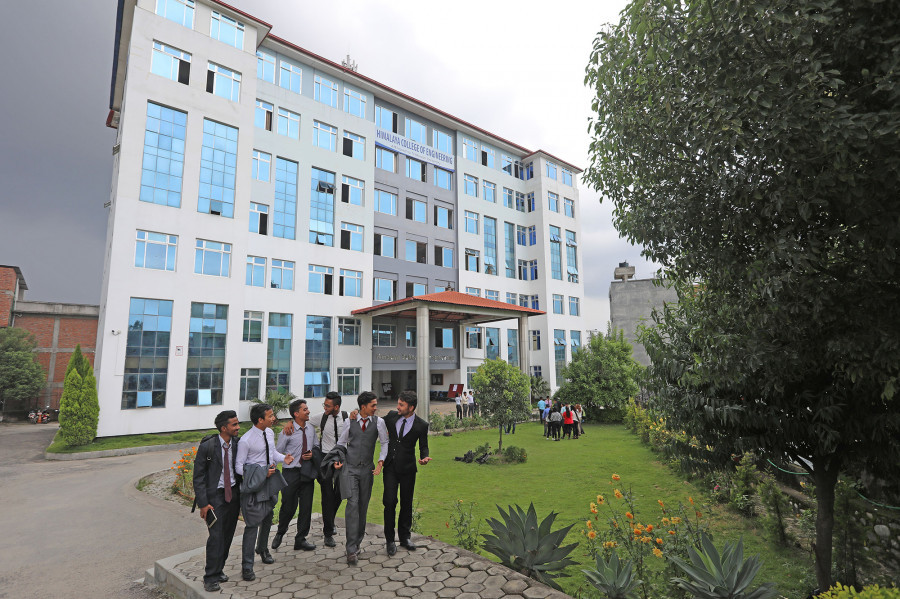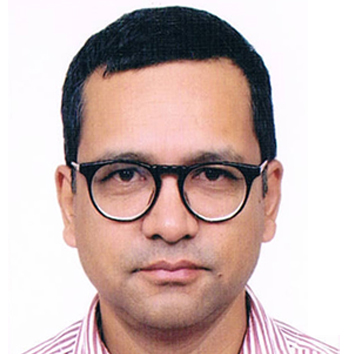Columns
Structural ills of our universities
It is quite common for university management offices to be padlocked for months.
Pratyoush Onta
Those of us who have argued that Nepal needs more universities (my column, January 6) are often asked why we could simply not reform the existing universities and end up with a few “well-managed” ones that can take care of the country’s needs for higher education. I acknowledge that this is a genuine question. However, the structural problems that have made most of Nepal’s existing universities ill are so enormous, it will require a miracle to solve them. What are those main problems and how might the proposed new institutions avoid them?
Poor autonomy
Although Nepal’s universities have been established via separate legislative acts as autonomous institutions, they remain highly porous to interventions by the political parties, their fraternal organisations and bureaucratic functionaries of the state. Since Nepal’s universities are for the most part publicly funded and the prime minister is the ex officio chancellor of most of them, political parties have, in practice, used the higher offices of these universities (vice-chancellors, rectors, registrars, deans) as positions to be occupied by people who are their cadres or supporters. This culture of dispensing political patronage is shared by all the major political parties in the country, a phenomenon known as bhagbanda. The outcome of this sharing of spoils is that universities become hostage to higher management personnel who disagree on the fundamentals of everyday university management. Lacking academic credibility in the eyes of the general public, many such people owe their allegiance to the parties that nominated them and not to the general good of the universities that they supposedly serve.
Given this situation, Nepali universities for the most part remain susceptible to interventions from all kinds of political forces emanating from political parties and their fraternal organisations. It is now quite common for university management offices to be padlocked for months by one or the other “aggrieved” constituent. Lacking core functional autonomy, many universities have little control over their academic calendars resulting in irregular examination cycles that force students to spend more time in finishing a programme than what is officially stipulated.
Some new and proposed universities have adopted a governance structure led by “board of trustees” in an effort to ensure autonomy. That is a good beginning. However, that would not be enough since our political parties might figure out a way to puncture the mechanism that re-generates the members of the board of trustees. This they will try to do also by reiterating that they “own” the public’s money that is being disbursed to our universities. Hence, unless all of our political parties abide by a decision to stop bhagbanda and in acknowledging that universities will not thrive unless they are allowed to run at a good arm’s length from the state, even the proposed new model might not work. There is little else the proponents of new universities can do if the political masters want to continue to criminally neglect higher education institutions.
Affiliation woes
Although there has been an enormous expansion of higher education institutions and student enrolment since the early 1950s, critics have pointed to fundamental problems in the way the sector has expanded which has led to poor management and insufficient quality control and assurance mechanisms. Almost all universities (except the health science academies) have used the “affiliating” mode of expansion, which in essence enables any university to provide affiliation to colleges that fulfil some basic criteria. According to a recent publication, Education Management Information System: Report on Higher Education 2019/20 (University Grants Commission Nepal, 2021), the universities in Nepal have a total of 152 constituent (meaning university-owned entities) colleges but some 1,285 colleges are affiliated to them. Among the affiliated colleges, 749 are private and 536 are community-owned. What this means is that many universities have more students enrolled in their affiliated colleges than in their own colleges.
Such a process of higher education expansion is, as argued by my colleague Pramod Bhatta elsewhere, one outcome of the privatisation of the sector without the law allowing a private university to operate as such. This arrangement has contributed to the growth of bloated universities with very weak institutional core strength. The worst example of this among the new universities is Purbanchal University founded in 1994. Even after nearly 30 years, Purbanchal University has failed miserably to build its own institutional brand in terms of its core faculty strength and programmes.
This is a problem that has been recognised for long. For instance, it is mentioned in the 1992 and 1998 reports by the National Education Commissions. The 1998 report especially highlighted that Tribhuvan University has not been able to perform any responsibilities to the affiliated colleges related to quality assurance other than providing the curricula and conducting the examinations. The newly established universities in the post-1990 era have largely followed in TU’s footsteps by providing affiliations to colleges all over the country, making a mockery of the idea that they were to become region-specific or theme-specific universities.
How might the new universities avoid this ill? The answer to this question is simple: By not being an affiliating university! Their non-affiliating institutional character ought to be written into their charters so that they do not get tempted to provide affiliations to relatively more expensive medical and engineering colleges where the affiliation dhanda alone, reportedly, generates crores. Instead, they should concentrate on building their own core faculty strength and institutional programmes.
Bureaucracy-driven
An outcome of the mix of political clientelism and the affiliation mode of growth of Nepali universities is revealed in their centralised bureaucratic attitude to vital functions of university life. The growth in the size of administrative personnel and the protection of their interests mean that everyday university life has an administration-driven flavour to it. For instance, this is felt in the way in which faculty members are hired through sewa ayogs (service commissions). A points system based on counting the number of publications rather than discussing the quality of their contents is the ruling logic of faculty candidate evaluation, and their eventual hiring and promotion.
Bureaucratic logic is also exhibited in the way in which faculty members have little or no control over the evaluation modalities of the performance of students they have taught. It is also felt in the ways in which students face difficulties in ascertaining their credentials, and in the ways in which important university entities such as libraries and journals are run. All of this contributes to an environment in which student learning remains a low priority. Hence, it is no surprise that poor student results are one of the defining features of Nepali universities.
What might new universities do? They need to make sure that academic concerns are the driving logic of their institutions and not bureaucratic ease. This means that the size of the administrative support staff ought to be only a small percentage of the size of the teaching faculty. These universities also need to do away with the sewa ayog route of faculty hiring and instead institutionalise a search committee-led faculty-voting system to hire and promote faculty members who should then be provided extensive internal autonomy. This will enable them to concentrate on helping their students to think critically and write/research analytically, which are the core functions of any university.




 10.12°C Kathmandu
10.12°C Kathmandu













%20(1).jpg&w=300&height=200)

